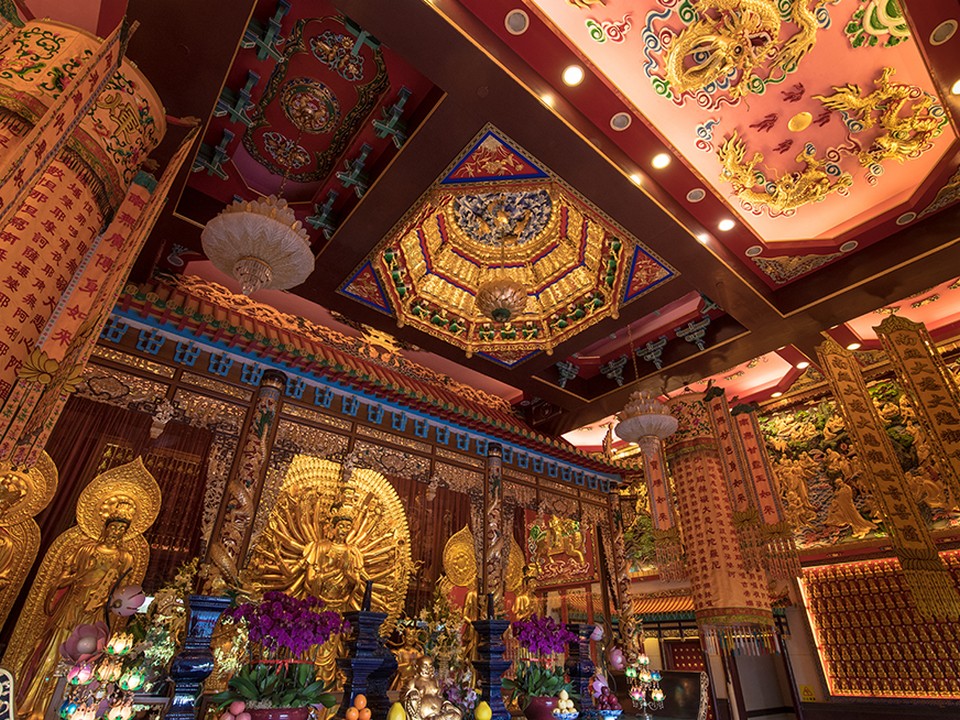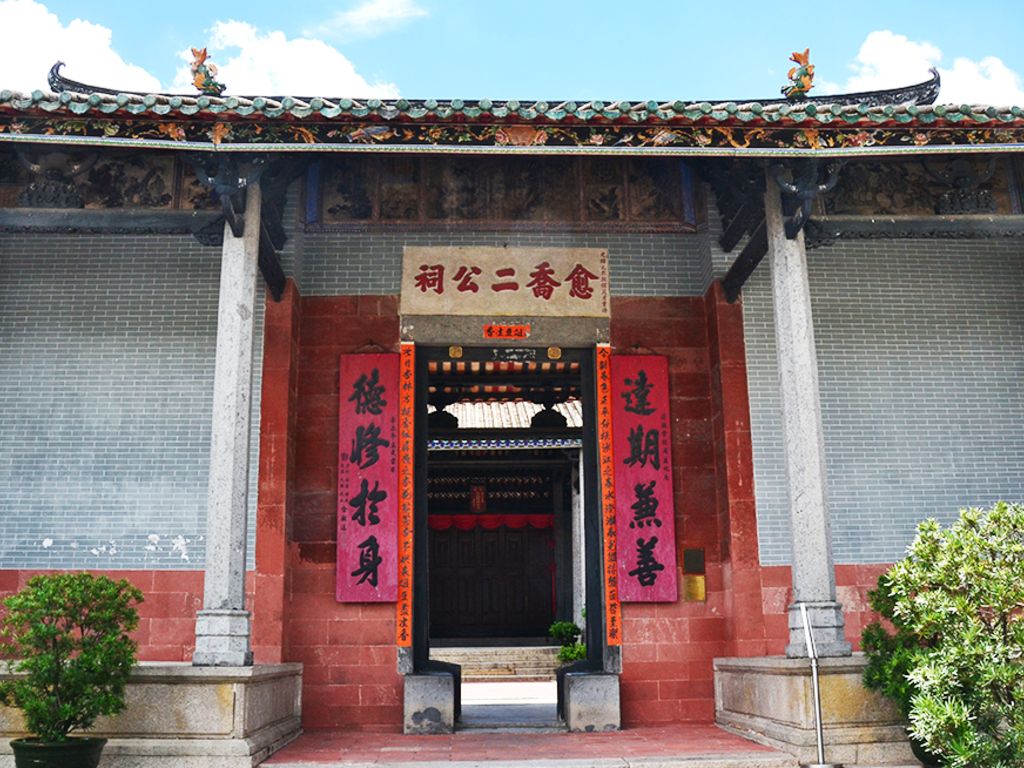Hong Kong was founded in 1841, but that is not the beginning of its story. North District’s remarkable Lung Yeuk Tau Heritage Trail, in Fanling offers visitors a glimpse into Hong Kong’s past, when agriculture ruled daily rhythms, and villagers built stone walls and watchtowers to protect themselves from roving bands of brigands.

In the heat of the mid-afternoon, elder women of Tung Kok Wai often gather to sip tea inside the cool watchtower of their 500-year-old village, which they have fitted out with benches and a few stools. “This is the only one of the wai (five walled villages) that still has the old gate,” says one of the women proudly, pointing out the sliding wooden bars that fit precisely into round holes cut in the granite stone of the doorframe. The village gate, she explains, would be locked at sunset to protect the residents from danger.
Hong Kong’s Antiquities Advisory Board created initiated the Lung Yeuk Tau Heritage Trail
{{title}} Address {{address}} Website {{website}} More info in 1999 to protect the living history of these villages in an unusual collaboration with local residents. Although the surrounding area is under rapid development, the architectural treasures in the vicinity of the trail remain largely intact, and the villages are occupied (signs along the way alert visitors to avoid areas that would disturb their privacy).
Lung Yeuk Tau means leaping dragon, and it also refers to the mountain that rises steeply behind the settlements. The 2.6 km route weaves alongside waterways and through working farmlands and forest, linking the Six Villages and Five Walled Villages (Ng Wai Luk Tsuen) originally built by a clan named Tang.

The Tang trace their lineage to the Song Dynasty (960-1279); ancestor Tang Wai-kap was married to a Song imperial princess. The soul tablets, or reliquaries, of that long-ago princess and her husband have pride of place in the massive Tang Chung Ling Ancestral Hall, the trail’s magnificent centrepiece. Click here to take a virtual tour of this heritage site.
A few minutes further along is the first walled survivor: Ma Wat Wai, built by the Tang Clan in the 1700s. The inscription in old Chinese seal script on the lintel over the gate reads Wat Chung or 'Green Onion', which was once the area’s most abundant bounty. Inside, the village maintains the traditional layout structure: houses old and recent huddle cheek-by-jowl, in narrow grid-like rows.

Recently renovated heritage site Lo Wai walled village has the most beautiful and intact walls; while it is not open to the public, you can step inside its entry tower and see the high portals where watchmen and cannon carried out village defense.
Passing Lo Wai, Hong Kong’s modern era begins to intrude on the ancient idyll. Clusters of new three-storey houses built by local villagers have sprouted outside the old stone walls. As you exit to Sha Tau Kok Road, in the distance you can see not only mountains, but high-rise luxury residential towers.
Villages in other parts of North District are also worth exploring. Sheung Shui, the last stop before the Mainland China border, is like most border towns — bustling, and at times a bit chaotic. But a short walk from the station takes you to Tsung Pak Long
{{title}} Address {{address}} Website {{website}} More info , a lovely village that seems frozen in time. Five different families joined to found the village and as you enter it, you see their five small adjoining ancestral temples on the left, and perhaps meet a few elders, who may be outside. To the right is an old pre-war school, and around the corner is one of the few Hakka villages in Hong Kong with its walls completely intact.

Truly off the beaten path, Lai Chi Wo
{{title}} Address {{address}} Website {{website}} More info (lychee place) is probably the most untouched traditional Hakka village in Hong Kong. Its remoteness has played a role in preserving the more than 300-year-old community with its three ancestral halls and 210 houses. Getting here involves either a two-hour hike or hopping on a ferry that operates only on Sundays and public holidays, but it is worth the effort. Lai Chi Wo is a magical place of living history, nestled in the circle of a specially planted feng shui protective forest, surrounded by fragrant lychee and mandarin trees.
Information in this article is subject to change without advance notice. Please contact the relevant product or service providers for enquiries.
The Hong Kong Tourism Board disclaims any liability as to the quality or fitness for purpose of third party products and services; and makes no representation or warranty as to the accuracy, adequacy or reliability of any information contained herein.






 Live Chat
Live Chat









